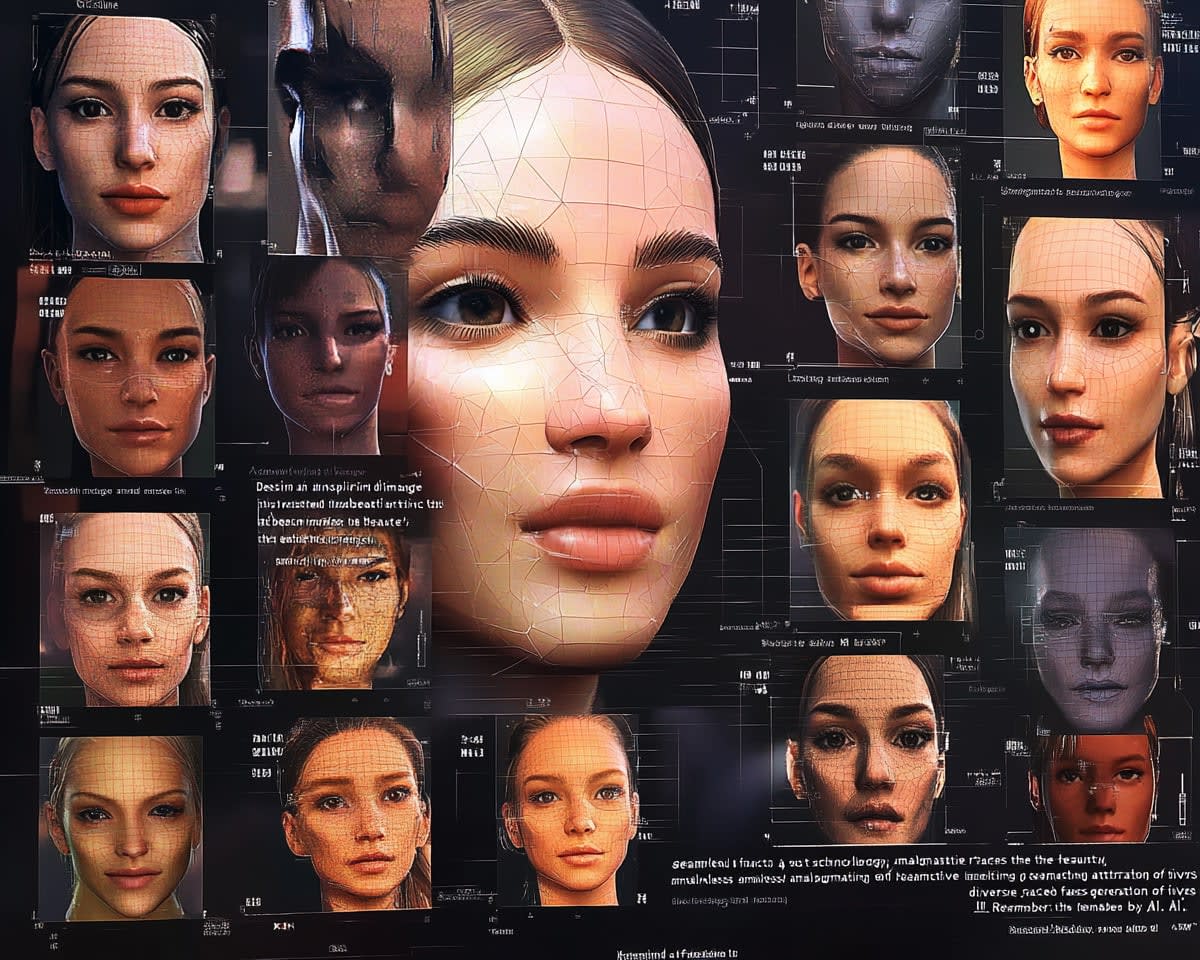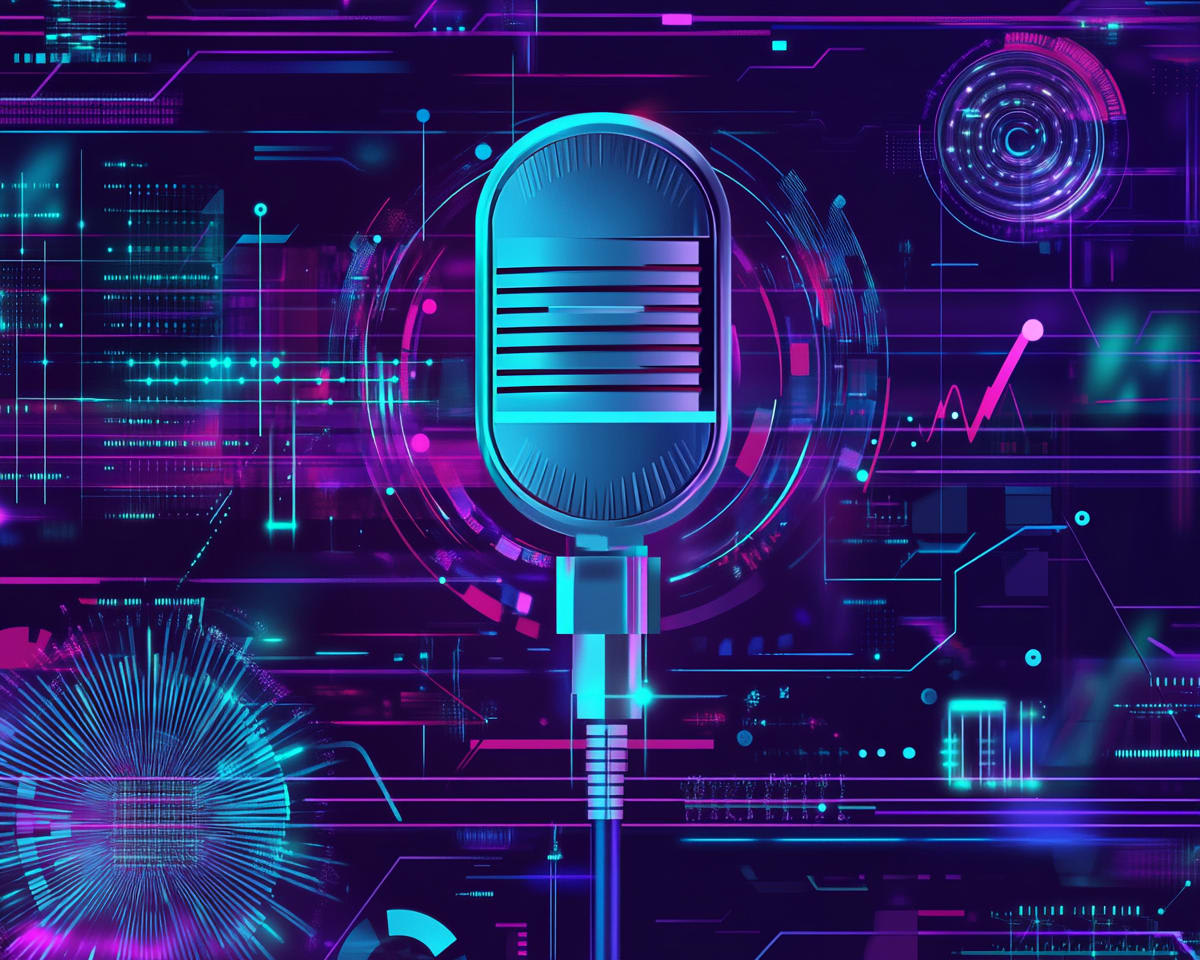AI Generated Most Beautiful Faces: Exploring Beauty Through Technology
Have you ever wondered how artificial intelligence could define beauty? The technology behind AI-generated images has transformed how we perceive aesthetics, offering a fresh lens on beauty across the globe. In this article, we’ll dive into the fascinating world of AI-generated most beautiful faces, examining its impact on beauty standards and the underlying biases.
The Intersection of AI and Beauty Standards
Artificial intelligence is not just a tool for data analysis; it’s now a paintbrush for redefining beauty. Various projects have leveraged AI models like MidJourney to create faces that represent the epitome of beauty from different cultures and countries. These AI-crafted faces echo local societal ideals, providing a mirror for global beauty standards.
In a project by NordChem Health & Beauty, AI was tasked with generating faces that reflect beauty norms from around 15 countries. The results provide a striking perspective on cultural diversity in aesthetics. While these images are intriguing, they also reveal the algorithms’ tendencies to lean toward symmetry and common features, occasionally blending well-known figures into these ideal faces.
Understanding the Technology Behind AI Faces
How exactly does this technology work? AI utilizes a branch of machine learning known as generative adversarial networks (GANs). These networks can sift through enormous amounts of data, often sourced from social media and user-generated content, to identify patterns and features that are frequently associated with beauty. By doing so, AI attempts to generate what could be perceived as universally attractive faces.
- GANs analyze and recreate facial features to align with real-world beauty standards.
- AI models often draw inspiration from a wide range of cultural data, ultimately reflecting a unique mix of global features.
- While this can create impressive and aesthetically compelling results, it’s important to note potential biases embedded in the datasets.
Bias in AI-Generated Imagery
Despite its impressive capabilities, AI is not devoid of bias. If the data fed into its algorithms skews towards a particular type of beauty, AI will mimic these inclinations. This is evident in cases where AI-generated faces inadvertently favor features that dominate internet culture or social media trends.
For instance, a viral experiment using ChatGPT revealed how AI’s notion of beauty could spiral into surrealism, as it attempted to enhance modern beauty icons and ended up creating peculiar, alien-like figures. This underscores the challenge AI faces in balancing between represented data and inclusive diversity.
AI’s Role in Redefining Beauty Standards
Beyond merely replicating beauty, AI has the potential to expand our understanding and acceptance of diverse beauty standards. As AI technologies continue to evolve, they could serve as a platform for blending cultural features into new, evolving standards.
Case Studies and Real-World Applications
One fascinating real-world application involves generating public interest and conversations around AI’s artistic capabilities. When AI combines characteristics of celebrities like Chris and Liam Hemsworth, it not only entertains but also sparks discussions about AI’s influence on beauty narratives and societal biases.
Exploring the Ethical Dimensions
With great power comes great responsibility, and AI’s capacity to shape beauty perceptions is no exception. Ethical concerns arise when considering AI’s potential to reinforce stereotypes or skew public perceptions of beauty.
- AI can perpetuate existing biases if not carefully managed and diversified in its dataset inputs.
- Projects must ensure there’s a balanced representation of global features to prevent cultural erosion.
- Ethical oversight is crucial in projects that deploy AI for creating aesthetic norms.
Conclusion
Ultimately, AI-generated most beautiful faces are more than an entertainment spectacle; they offer deep insights into our cultural and ethical landscapes. As we continue to innovate, the role of AI in beauty will likely expand, offering us opportunities to celebrate diversity while addressing the challenges of bias and representation.
Embracing this technology with a critical eye will ensure AI contributes positively to our understanding of beauty, making it a catalyst for both technology and art. If you’re fascinated by these intersections, consider exploring more on how AI reshapes art and society’s perceptions in numerous ways.
Check out this study on AI bias and beauty.
Read more about AI’s impact on media and content creation.



